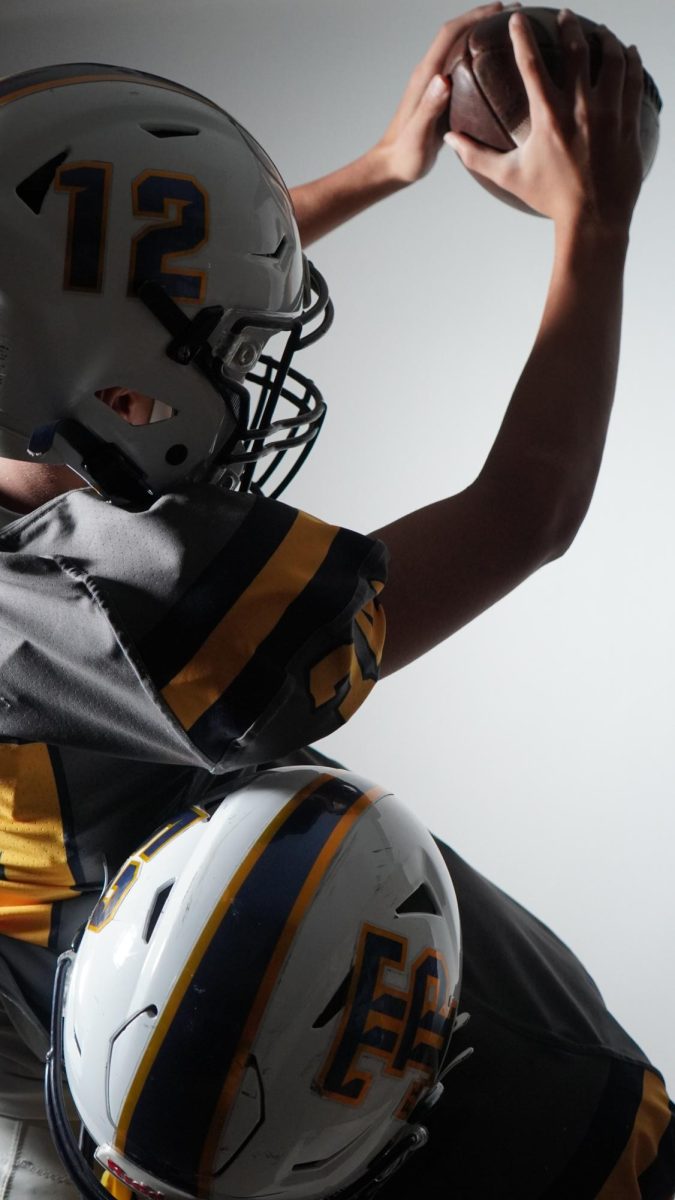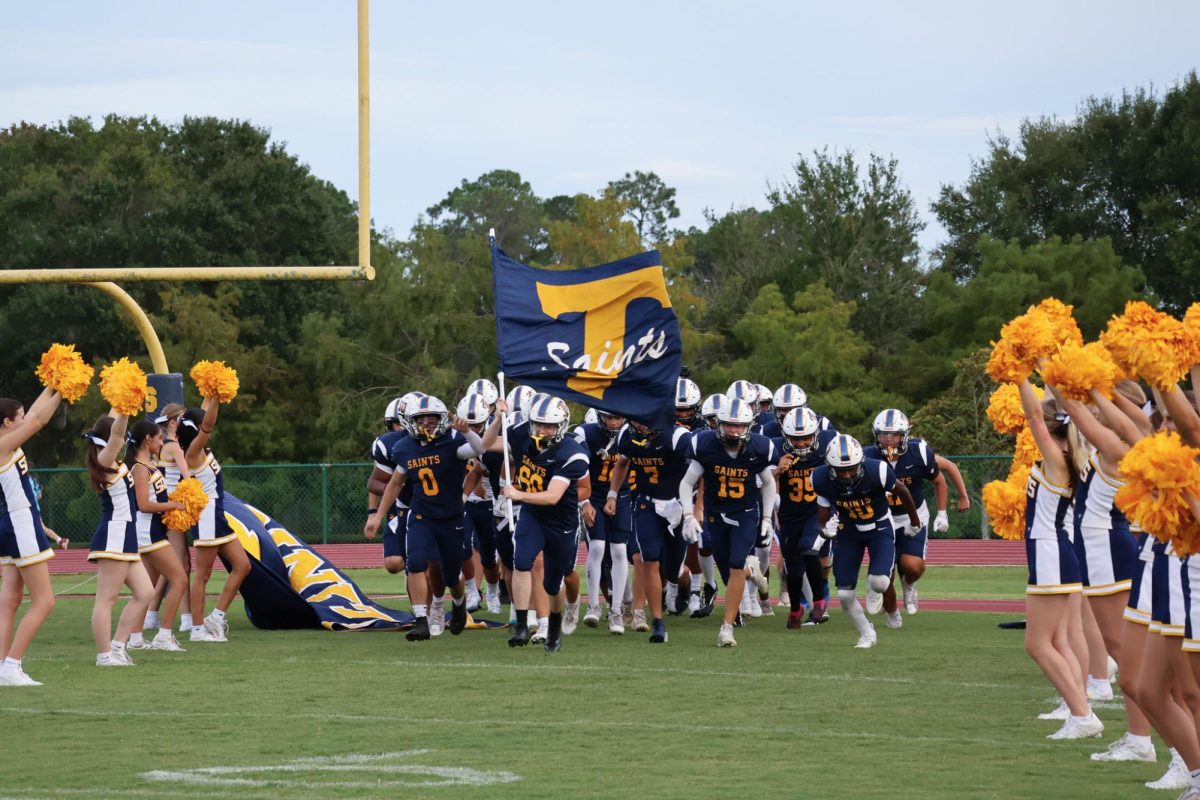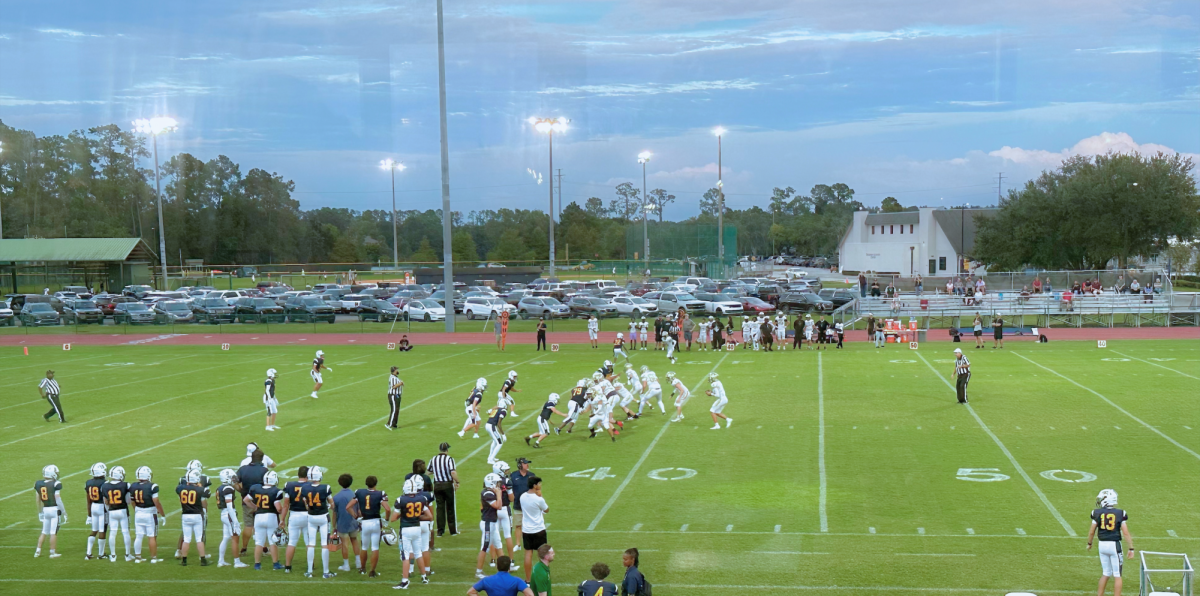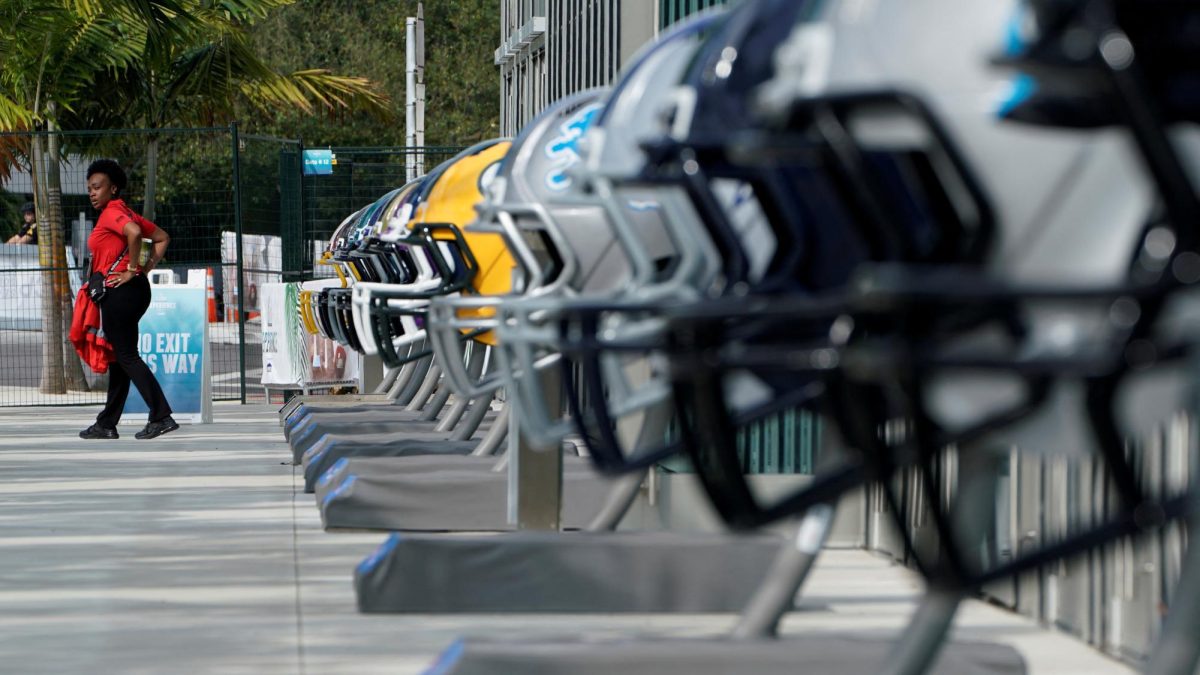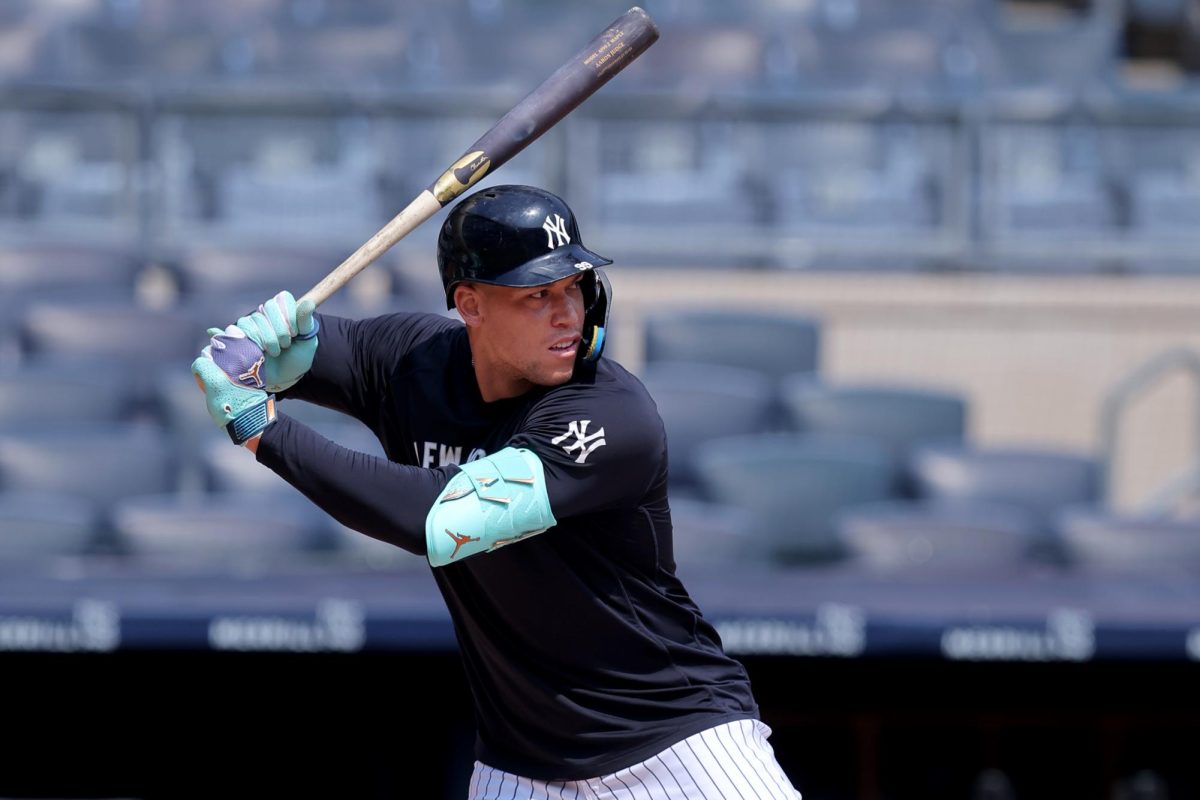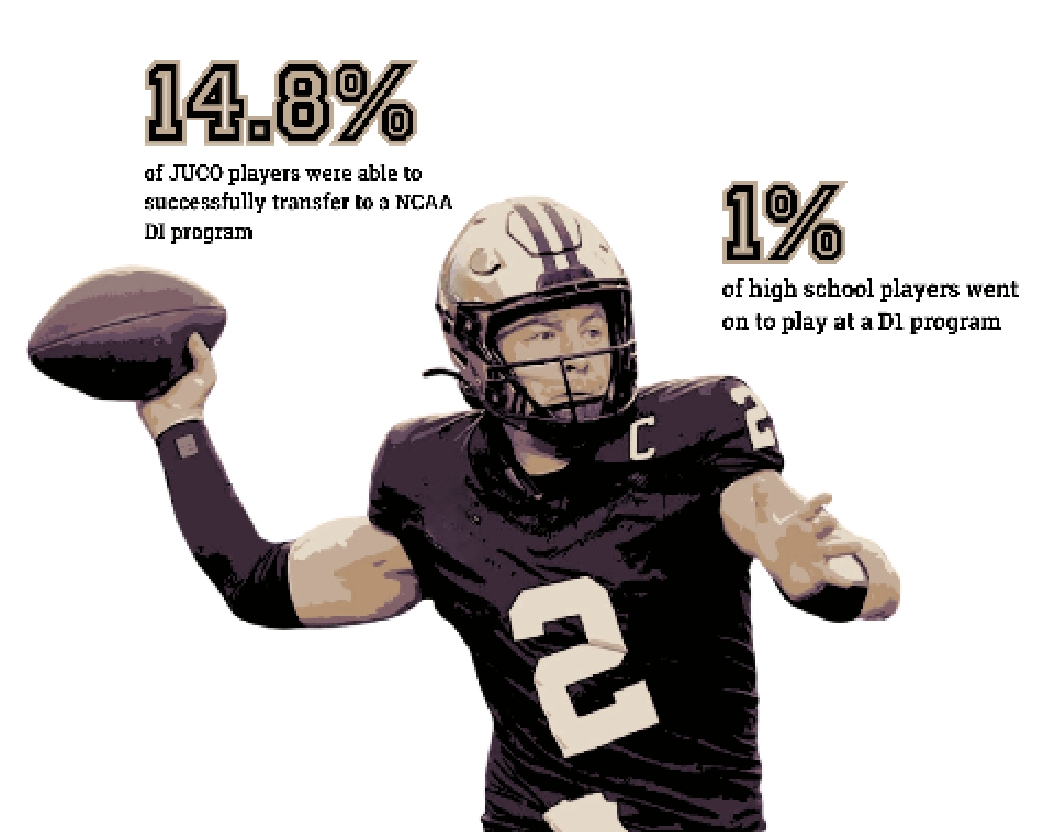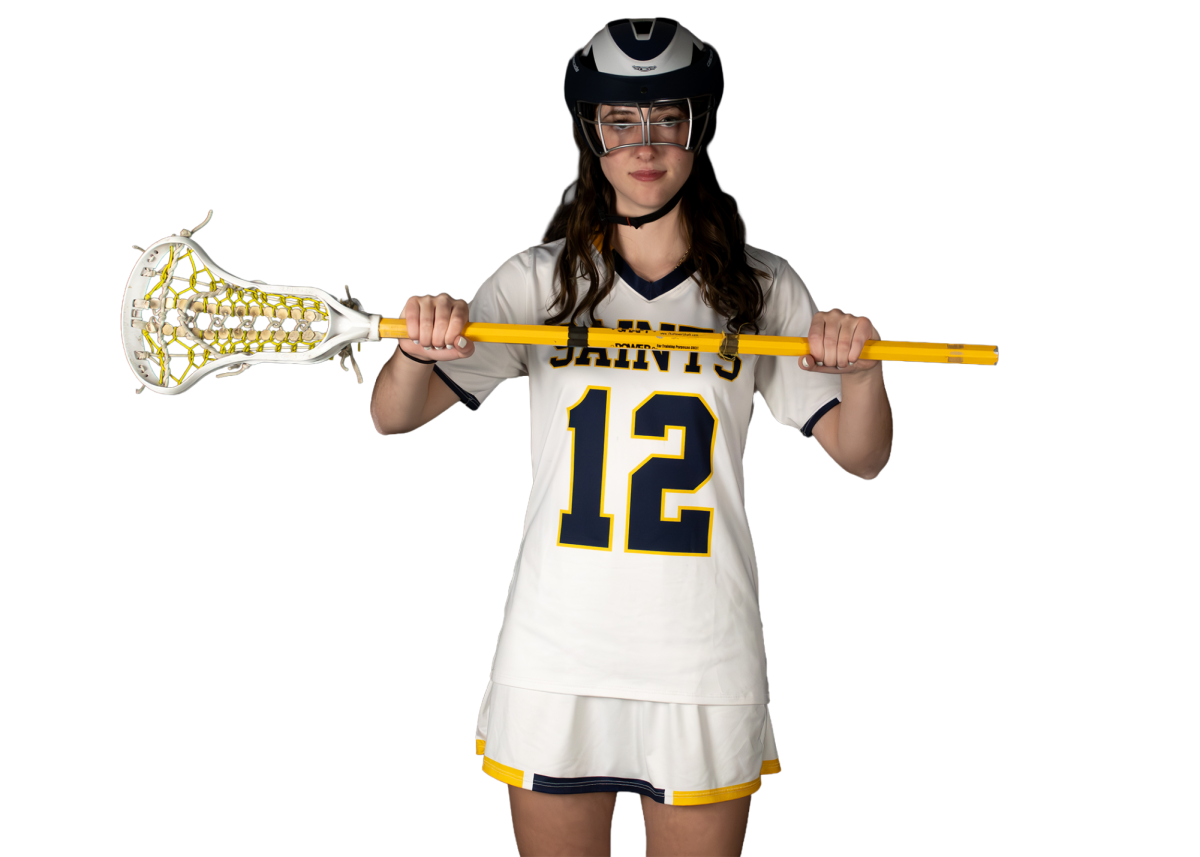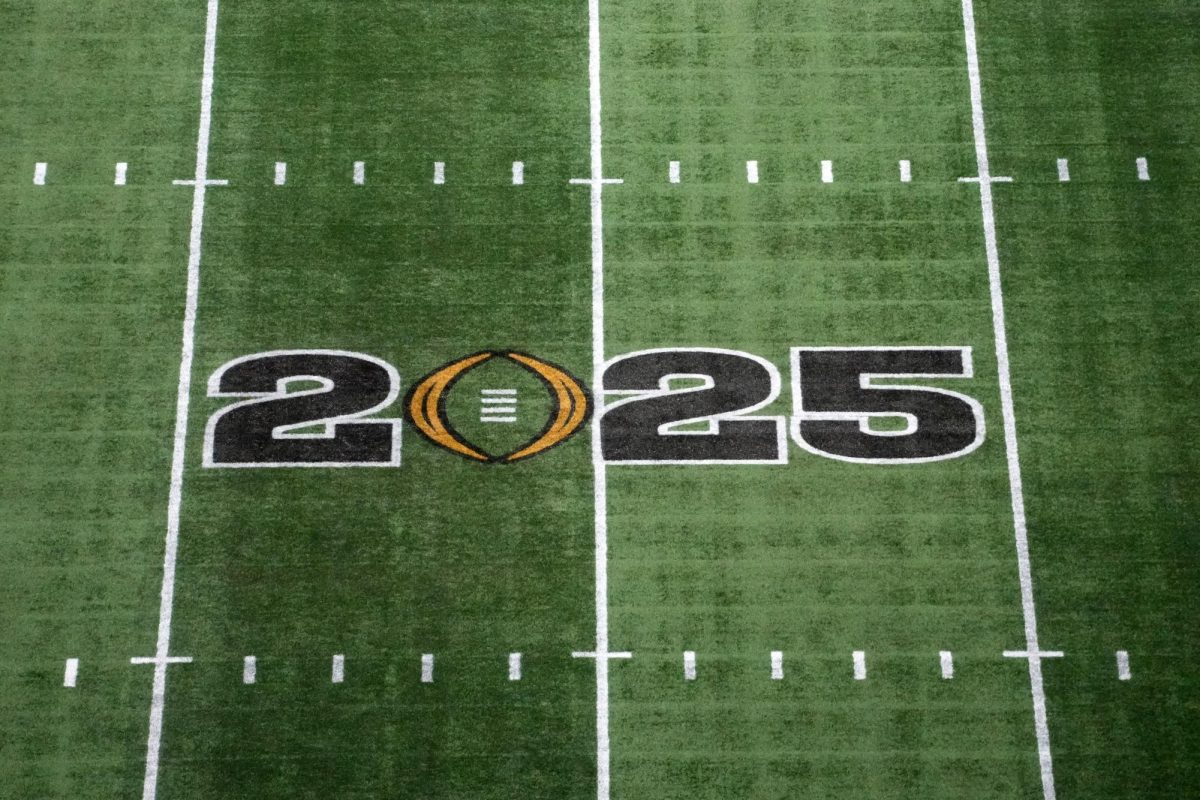In the sports world, the majority of athletes fit the stereotypical body type. Basketball players are tall, football players are big and soccer players are somewhere in between. However, there’s always the short Muggsy Bogues of basketball or the Darren Sproles of the NFL who defy these stereotypes and are successful nonetheless.
At Trinity, we have examples of both: athletes who fit the expectations, and ones that break the mold.
Junior Wheeler Wilson stands at 5’11” and weighs 240 pounds, making him a prime example of a stereotypical football player. For Wilson, his size is what allows him to excel as the starting center for Trinity’s football team, but he says being big also comes with a disadvantage.
“Being a quarter ton of fun makes me slower,” Wilson said jokingly.
Although it may be harder for athletes with uncommon body types to be successful in their sports, many of these athletes have proven to be impressive despite their size.
Athletes such as Spud Webb, Tarik Cohen, and Muggsy Bogues have proven that size doesn’t matter in the sports world. Marco Malabuyo, Spencer Newman and Piper Harris are all models of Trinity athletes who don’t fit the expectations for their respective sports. Each of these student athletes have proven that they have what it takes to be successful in their particular sports despite their size.
While most soccer players aren’t the biggest athletes, they also aren’t usually the smallest. Freshman Marco Malabuyo is 5’1” and weighs 90 pounds, making him the smallest player on Trinity’s varsity soccer team. He stood out on the middle school soccer team last year with 15 goals over the course of the season. Malabuyo has already proven himself, scoring the first goal of the season for the team. He claims there are advantages and disadvantages to being his size in soccer.
“My legs are shorter so I have to move faster with the ball,” Malabuyo said. “Also, I clearly don’t win many headers.”
Malabuyo’s size comes with explosive speed, making him very hard to catch on the field. Being one of the smallest players on the field when there are players four years older than him can increase his chance of getting injured, but Malabuyo takes precautions to keep himself safe on the field.
“I make sure to put my body on the line when I have a reasonable chance to win the ball, but I don’t blindly stab at the ball or try to out muscle a player who’s physically stronger than me,” Malabuyo said.
Malabuyo dreams of being 6’4” one day, but for now he will have to keep finding ways to use his size to his advantage.
Spencer Newman is another example of a Trinity athlete shining in their sport with an uncommon body type. Newman is a 5’7”, 145 pound junior who plays on Trinity’s varsity basketball team. He believes his speed gives him an advantage over the bigger players, but still believes he has to work harder than others to be successful. He believes there are some drawbacks that come with his body type.
“Not being able to get shots off because they will get blocked and not being able to dunk are disadvantages,” Newman said. “Also it is hard not being able to guard the taller players.”
Newman wishes he was 6’3” so he could bring other skills to his game. Nonetheless, he still finds a way to make a positive influence on the Trinity basketball team.
Piper Harris is a 5’3” sophomore diver who is making an impact on the Trinity diving team. As a competitive wakeboarder, Harris finds benefits in being small.
“I don’t have long legs to get in the way, also I can get into a smaller tuck easier and faster,” Harris said.
Harris also confirmed that there are some disadvantages for her in diving.
“I don’t have as much leg power and extension as someone who is taller,” Harris said.
With that being said, Harris is happy with her body type because it helps with both diving and wakeboarding.
“It’s overall better to be small because you look better out on the water,” Harris said. “Tall people look clumsy and lanky, and [I] have better balance from the lowered center of gravity.”
As legendary UCLA basketball coach John Wooden said, “It’s not how big you are, it’s how big you play.”




